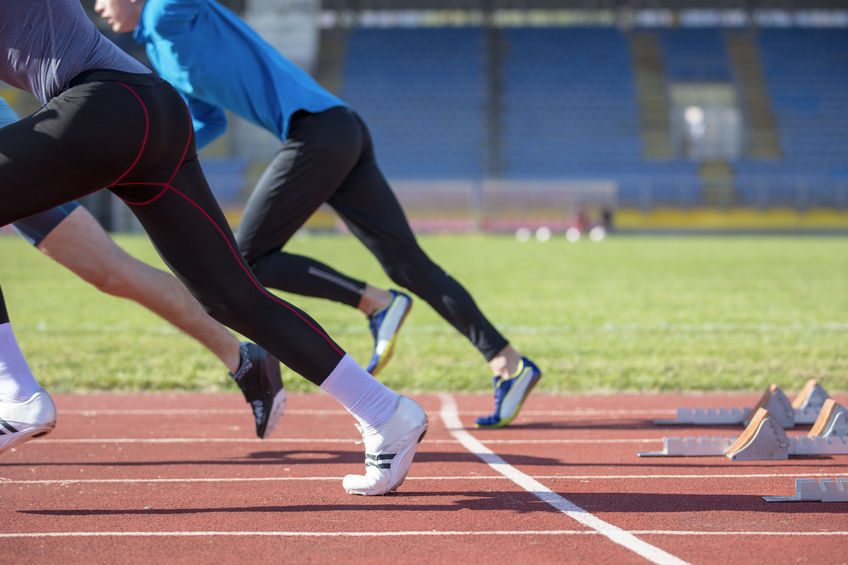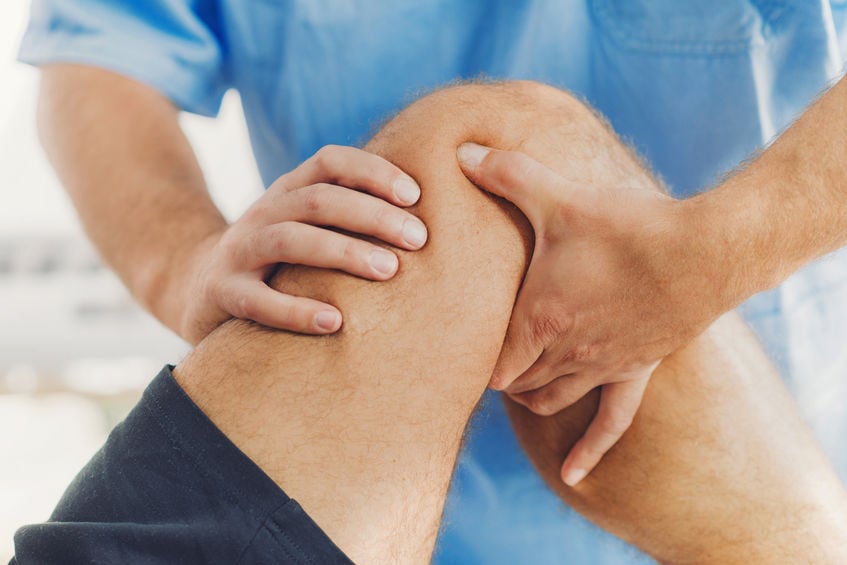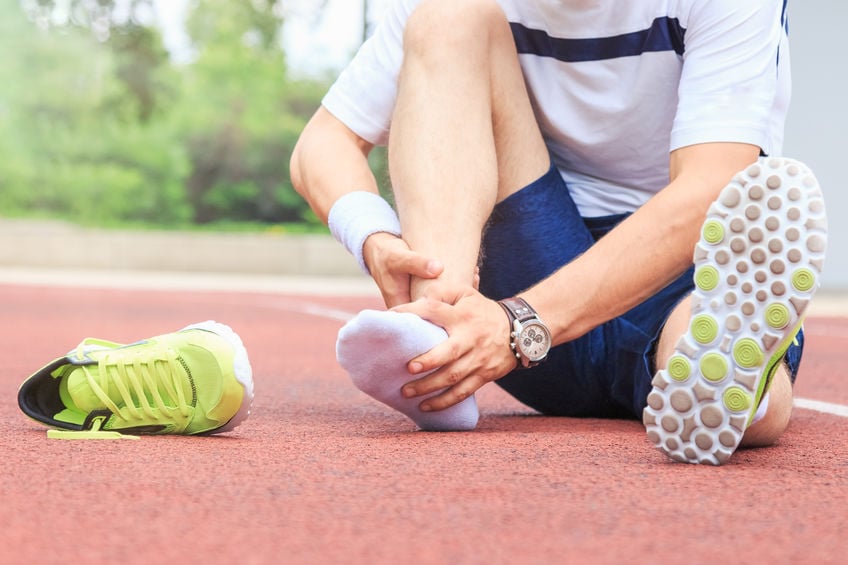Healing An ACL Without Surgery
The anterior cruciate ligament (ACL) is a crucial tissue that assists in stabilizing and supporting movement in the knee joint. Injuries to the ACL can occur for a variety of reasons. Common causes include sudden stops while running, jumping, or turning, getting hit on the side of the knee, or overextending the joint. Depending on the severity of the injury, some people may need surgery, while others can benefit from noninvasive treatment solutions or regenerative medicine.
Traditional treatments
When an individual experiences an injury to the ACL ligament, treatment usually centers around at-home solutions and surgery. Standard non-invasive treatments typically include prioritizing physical therapy (PT) and using supportive devices like a knee brace. If no other damage is present in the knee joint, surgeons often prefer the patient start with conservative treatment before considering surgery. For an unstable joint or complete tear, surgery is usually required right away to fix the damage.
Alternative ACL repair solutions
In recent years, interest in regenerative treatments has grown significantly. The solution has been hailed as a solid alternative to traditional ACL grafts that relied on donor tissue. Common problems that arose from autograft or allograft therapies included tissue rejection, recurrent damage to the injury site, and the heightened risk of developing osteoarthritis in the knee within 7-14 years after the surgery.
What is ACL regeneration?
As the name implies, a regenerative ACL repair relies on the body’s ability to self-heal rather than a graft. Often, stem cells are leveraged because the components are more durable than alternative materials such as collagen, alginate, chitosan, hyaluronic acid, and even silk fibers. Silk fibers tend to be the most promising because the material is incredibly strong and can even be combined with other biologic substances like collagen for enhanced durability. Synthetic biodegradable polymer alternatives can also be used for ligament engineering.
Show me the research
Individuals with ACL tears should be mindful that regenerative medicines outside of platelet-rich therapy (PRP) injections are still primarily in the early research stages. Limited studies have been conducted on human subjects. Even within animal groups, the data is limited regarding long-term success rates. While PRP can often be used alone for more minor injuries, people with severe ACL tears often find that the injections are recommended as a supplement to aid in wound healing after ACL surgery.
Choosing the right treatment
A healthcare provider will recommend a final treatment decision based on the severity of a person’s injury. The recommendations made to a high-performance athlete may be very different than what’s encouraged for a sedentary individual who doesn’t engage in contact sports. Speaking with an orthopedic surgeon to better understand the extent of any damage to the ACL ligament, as well as possible post-treatment outcomes, is critical to making an informed decision.



